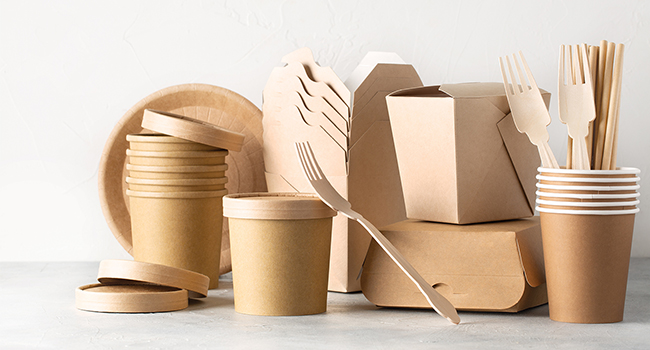
- Within e-commerce, paper will see continued growth, however there will be innovation in plastic and bioplastic liners; reuse, and closed loop systems may affect this transition
- Single-use plastic consumables will not be widely accepted going forward, there will be a continued transition to paper, bio-based, bioplastic and reusable materials.
This is framed by deeper critical study of current and future influencing factors – including barrier and other performance enhancements, regulatory targets, and brand owner strategies – and their impact across supply chains.
Our exclusive content
- Critical analysis of the market for paper and plastic packaging from 2023 to 2028
- In-depth reviews of the key packaging segments that are expected to transition to the alternative material, with analysis of the dynamics for change in each application
- A focus on market innovations and drivers of transition that are expected to increase in prominence and impact over the next five years.
- The food, beverage and other packaging sectors where the substitution of plastics with paper-based packaging is accelerating fastest
- How the availability of new greener material sets – PCR plastics, biopolymers and moulded fibre – and recyclability-by-design strategies can both help and hinder this evolution
- An in-depth analysis of the full impact on value chains for both paper and plastic; including cost implications and the need to navigate future extended producer responsibility (EPR) tariffs.
This report is based on extensive primary and secondary research. Primary research consisted of targeted interviews with material suppliers, converters and experts drawn from key markets.
This was supported by secondary research in the form of extensive literature analysis of published data, official government statistics, domestic and international trade organisation data, company websites, industry reports, trade press articles, presentations, and attendance at trade events.
Who should buy this report
• Suppliers of plastic, paperboard and alternative materials
• Packaging converters
• Brand owners and packaging buyers
• Packaging industry consultants and analysts
About the author
Emma Gotch is a packaging and print consultant with over 12 years’ industry experience in technical management of packaging design. She was responsible for the implementation and management of a Print Quality Management programme across Food and General Merchandise at Tesco. She was also part of a strategic process review working group looking at ways of working and improvements delivering better packaging for customers, with commercial consideration.
Name The Future of Paper vs Plastic Packaging Markets to 2028
Date 7/12/2023
Price $6750.00


